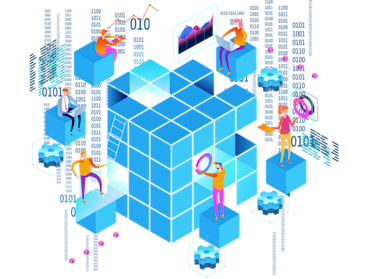How to start?
The discovery process:
We begin with a free introductory meeting during which you tell us about your requirements. From there, we create a Product Requirements Document (PRD) that outlines what we'll build and a System Design Document (SDD) describing the architecture, tools, and their tradeoffs. These two resources will serve as the scope of the project.
What you get: A complete requirements and architecture breakdown for your specific needs.






